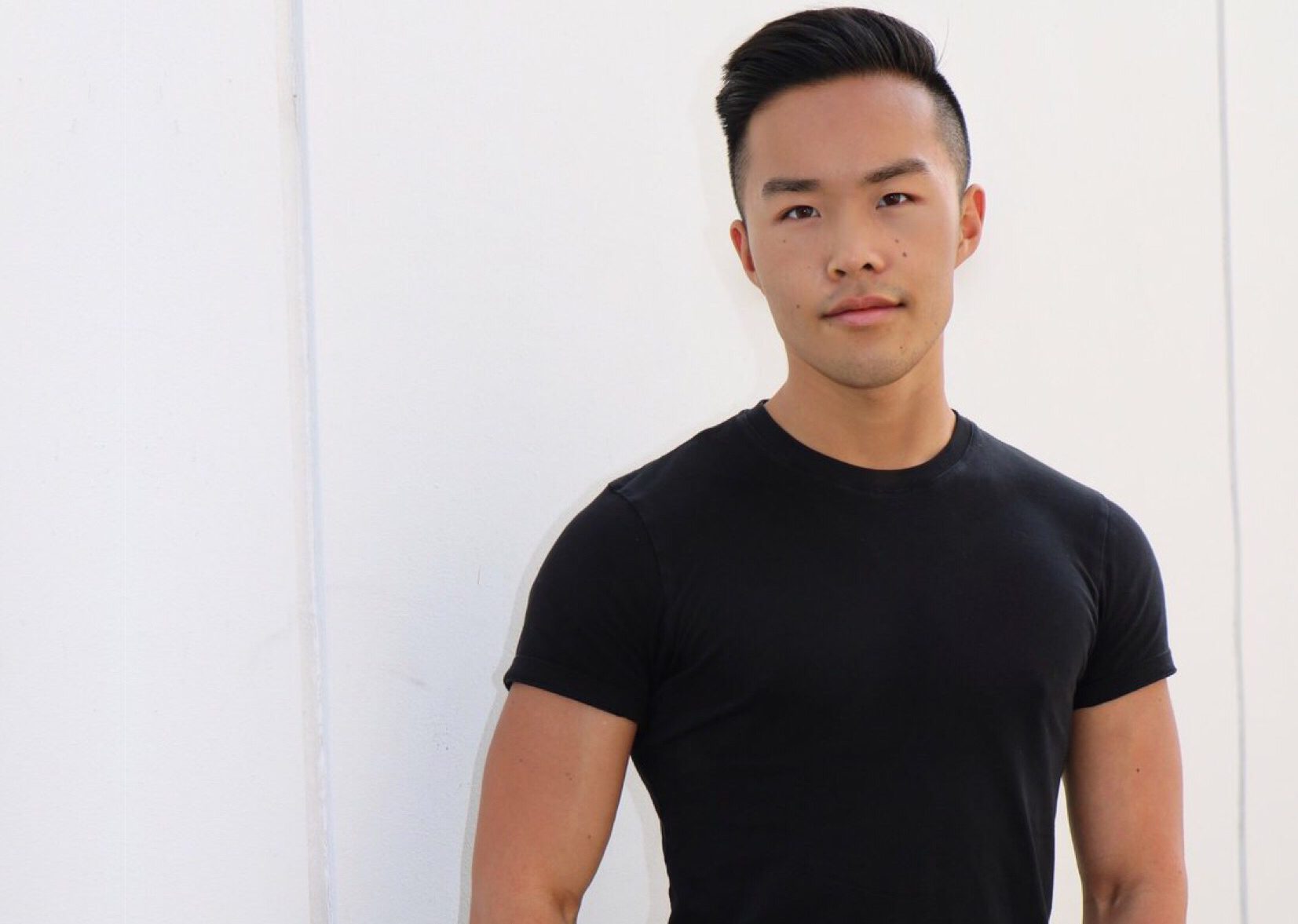“Don’t have sex, because you will get pregnant and die.”
Before today, this exclamation by the pedophiliac health teacher Coach Carr in the iconic film Mean Girls formed the bulk of my understanding of sex-ed class.
But on this afternoon in my high school library, as my classmates and I giggled, two sexual health educators taught us how to put on a condom on a banana — or as per the demonstration — a wooden dildo painted as the universally-loved Nintendo character Yoshi.
As the educator slid the condom down the shaft of the dildo (or in this case Yoshi’s pink tongue), my best friend and I held back laughter as we did the same to our bananas, unaware how normal this practice would become in our lives years later.
The majority of the focus was allocated towards heteronormative material, which bolstered the feeling that my concerns came second to that of my heterosexual peers.
The educator followed the demonstration by briefly discussing a wide variety of topics, without going in-depth into the many aspects of sex education that concern LGBT people and the distinctive qualities that concern the queer community.
Instead, a majority of the conversation focused on contraceptives, bullying, pregnancy and heterosexual-centric information involving relationships between men and women.
Even then, these classes were short. I can say with absolute certainty that I spent more time in high school memorizing the periodic table of elements than the sum of classes that were focused on sexual health.
My school’s sexual education primarily equipped me with misapplied information on how to be a respectful cisgender heterosexual man — although topics concerning queer people were brought up in sex-ed class, the majority of the focus was allocated towards heteronormative material, which bolstered the feeling that my concerns came second to that of my heterosexual peers.
Even though information on LGBT relationships and sexual health was somewhat of an afterthought compared to my heterosexual counterparts, the brief acknowledgement that I could one day get married — and that my feelings were valid — was enough for me to seek out more information on my own.
I had grown up in an environment where I was assumed to be heterosexual, and I often internally questioned my sexuality. At an early age, I was rarely given information that reassured me I belonged or what I was feeling was valid.

Nathan Sing as a teenager. Credit: Courtesy Nathan Sing
Having no LGBT figures in my life, I formed an idea of what it meant to be gay through stereotyped characters in television and film. These stereotypes permeated my perception of what it was to be a gay man so deeply that in my early years as a teenager I equated an interest in fashion and speaking with an “unmasculine” way to being a gay man.
I could not go to my heterosexual parents although they raised me with progressive and inclusive views, because they had no knowledge of same-sex relationships or answers to my questions about being a gay minority man. Instead, I sought out this information from online forums, various blogs and informative videos on YouTube.
Being that I had no queer friends or family members and was not openly gay myself, consuming this information solitarily felt isolating at times. Still, watching these videos offered a sense of inclusivity and community through my screen, as I discovered resources that my school’s sex-ed class lacked.
Having no LGBT figures in my life, I formed an idea of what it meant to be gay through stereotyped characters in television and film.
Through these digital resources, I watched hundreds of videos where individuals shared their coming out stories, learned of the mistreatment of gay men during the HIV/AIDS epidemic as well as other cases of mistreatment of LGBT people throughout history, and became educated on the precautionary measures to take while on dating apps.
Even though I found answers to my questions independently, not all youth will go to these lengths for the information they need.
Young LGBT people, especially those in marginalized communities where talking about queer identity with family may be difficult, will undoubtedly benefit from being taught comprehensive and representative material in school instead of being taught a curriculum that largely benefits youth in heterosexual relationships. I am a young gay minority and part of a community that is often underrepresented, heavily stereotyped and misportrayed in the mainstream — it’s incontrovertible that I would have benefitted from that kind of sexual education.
For a time, it seemed that this ideal world could become a reality in Ontario high schools: in 2015, three years after I saw a condom being slid over Yoshi’s tongue, the Liberal BC and Ontario governments updated the sexual-education curriculum to cover areas including mental illness and stereotypes in media.
In Ontario, the changes were even more considerable being that this was the first update to the curriculum since 1998; the new 2015 curriculum added new topics including same-sex relationships and gender identity, the concept of consent, homophobia, sexting and cyberbullying, to name a few.
Yet on July 11, 2018, less than three years after the Ontario Liberals introduced the new sex-ed curriculum, Ontario’s education minister announced that in September, students would be going back in time: the revised curriculum will be replaced with the one from 1998. Students will be taught a sexual-education program that is as old as I am.
This is a curriculum that was designed well before the creation of Tinder and Grindr, let alone the devices they are powered by. In an age where youth are exposed to sex by virtue of social media, technology and dating apps, this curriculum will not equip young students with the information required to properly learn about and deal with revenge porn, cyberstalking and consent, issues that were not as prevalent or discussed two decades ago.
The Ontario Progressive Conservatives’ decision to return to a 20-year-old way of teaching a subject as ever-changing and complex as sexuality is not only absurd but irresponsible. What a young person learns in sex ed during their formative years sets the groundwork to cultivate their identity, build their confidence and have agency over their own sexual health.

Nathan Sing as a teenager. Credit: Courtesy Nathan Sing
The information that is taught in sex ed goes beyond courses such as chemistry and calculus; while those classes may get some in the door to college, topics related to sexual health are fundamental to everyone. We are sacrificing medical- and fact-based information for the next generation over intransigent moral opposition from parents and politicians.
Even if the 2015 curriculum is not taught in schools, young people will still seek out information about sex, but from potentially dangerous sources. In today’s world where knowledge is in the hands of every young person with a cell phone or laptop, offering students comprehensive information about sexual health in a place meant for learning can help keep youth from believing and acting on false and potentially damaging information they might discover on their own. This is especially true for LGBT students, who often don’t see themselves reflected in sex-ed programs.
The world has changed dramatically over the last 20 years, as has our knowledge of sexual health. The way Ontario’s educators — and all educators for that matter — teach sexual health and education must reflect that.
Come September, young people in Canada’s most populated province will be learning about sexual health from a curriculum that predates the impact of the internet, the cultural shift towards the mainstream acceptance of LGBT people, and the legalization of same-sex marriage in Canada. If I am proof that this more recent curriculum still has a ways to go in meeting young people’s needs, the announcement that students will now be taught a more dated program should be hard to swallow for everyone.


 Why you can trust Xtra
Why you can trust Xtra


